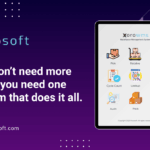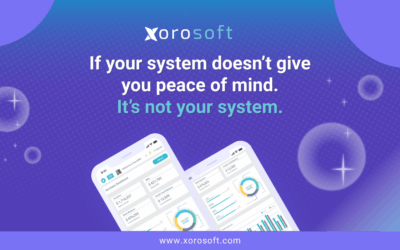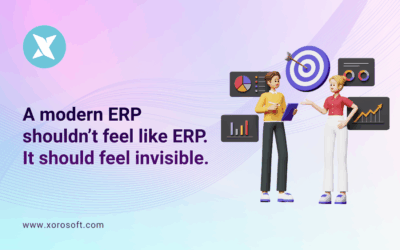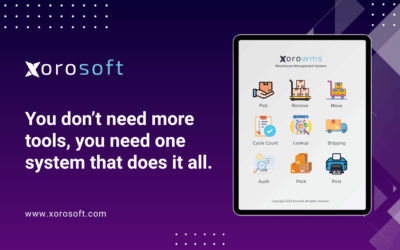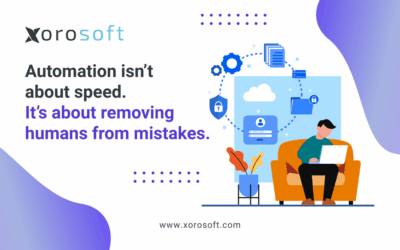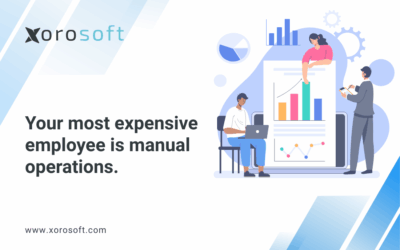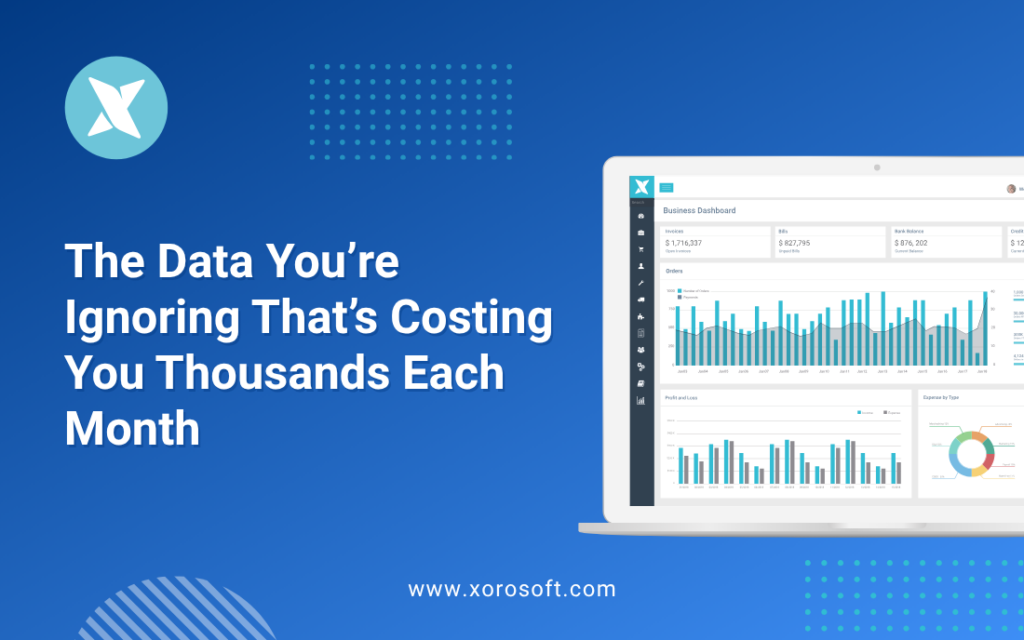
Why Most Brands Miss Critical Ecommerce Data Insights
Every ecommerce brand collects data, yet few truly understand it. Without clear ecommerce data insights, even strong brands lose money each month. Because information is scattered across systems, decisions arrive too late — and by then, they’re already costing you thousands.
Many founders believe they have a data problem. However, what they actually face is a visibility problem. Reports appear inconsistent, numbers don’t match, and decisions rely on instinct instead of truth. As a result, profits quietly slip away and stress levels rise.
Why Weak Ecommerce Data Insights Cost More Than You Think
At first, disconnected data seems manageable. You can reconcile spreadsheets and cross-check reports. Yet, over time, the cost compounds.
For instance, a delayed reorder can lead to a stockout. Likewise, inaccurate fulfillment costs can distort pricing decisions. Furthermore, poor visibility in your cash position can trigger short-term loans. Each small issue may appear harmless, but collectively, they drain your profits.
In contrast, strong ecommerce data insights turn confusion into confidence. When all your systems connect, your data becomes trustworthy and timely. Consequently, you prevent small errors before they become major losses.
The Freedom That Comes From Clarity
Ultimately, every founder or operations leader wants time — time to grow, to plan, and to think strategically. Unfortunately, without reliable data, that freedom never arrives.
With connected ecommerce data insights, you can finally make decisions with confidence. Because you’ll know which SKUs move fastest, where your team’s time is spent, and how your costs shift weekly, you’ll act decisively instead of reactively.
In addition, clarity reduces stress across teams. People stop guessing and start collaborating. Therefore, you gain both time and trust.
From Chaos to Clarity: How One Brand Transformed Operations
Consider a DTC home goods brand struggling with scattered data. Their COO spent over ten hours weekly reconciling Shopify, QuickBooks, and warehouse spreadsheets. Nothing matched, and order issues piled up.
After implementing integrated tools that delivered real-time ecommerce data insights, everything changed.
-
Order cycle time dropped from 3.5 days to just over two.
-
Pick accuracy improved from 91% to 99.4%.
-
Weekly reports shrank from six hours to fifteen minutes.
Because their systems finally spoke the same language, their team could focus on growth. As their COO said, “I now know where the money’s going — without three meetings to find out.”
Step 1: Identify the Data That Actually Matters
Begin by discovering which information truly drives your operations. Make a list of every tool you use — Shopify, inventory systems, accounting, and fulfillment platforms. Then, for each, ask: Does this data help me make faster, better decisions?
You’ll likely find redundancy or blind spots. After trimming irrelevant metrics, focus on the essentials: order cycle time, pick accuracy, and cash conversion.
Moreover, measure your data visibility score — how quickly and accurately you can access vital metrics. The higher this score, the smoother your operations will run.
To dive deeper into this process, explore our ERP integration guide for step-by-step direction.
Step 2: Connect Your Systems for Unified Ecommerce Data Insights
Next, connect all your platforms so they work in harmony. When Shopify, accounting, and fulfillment tools share data automatically, you eliminate delays and mismatched reports.
This integration provides one version of the truth. Because every department views the same numbers, coordination improves. As a result, you reduce manual corrections, save time, and build operational trust.
For proof, see our case studies that show how brands cut errors by centralizing data.
Step 3: Automate Repetitive Work for Efficiency
Automation replaces repetitive manual work with accuracy and speed. By automating inventory updates, financial postings, and order syncing, you ensure your data remains consistent everywhere.
Once automation is running, measure the difference in time saved and errors reduced. Often, the improvement exceeds 80%. Additionally, your team becomes more strategic since they spend less time correcting mistakes.
For implementation ideas, visit our features page to see automation capabilities in action.
Visualizing Ecommerce Data Insights for Better Decisions
Data must be visible to be useful. Therefore, build dashboards that highlight key trends — inventory levels, order fulfillment times, and cash flow changes.
Visualization makes insights immediate. You’ll notice performance shifts before they become problems. Moreover, your team can collaborate based on facts, not opinions.
As everyone begins to rely on real-time ecommerce data insights, decision speed increases, and accountability grows naturally.
Aligning Teams Around Shared Data and Goals
Even the clearest data fails if teams aren’t aligned. To fix this, hold a short weekly KPI review using one shared dashboard. Discuss what improved, what needs attention, and what actions follow.
Because the conversation revolves around shared facts, meetings become productive instead of defensive. As a result, morale improves, and everyone feels responsible for progress.
To make this easier, our operations playbook includes templates for fast, effective KPI discussions.
Forecasting the Future with Reliable Ecommerce Data Insights
Once your data is unified, forecasting becomes powerful. You can test multiple “what-if” scenarios and make proactive decisions.
For example, you can simulate how doubling sales affects cash flow or what happens if supplier delays extend by a week. In either case, you’ll know the impact before it hits.
Because ecommerce data insights reveal future risks and opportunities, your business becomes adaptable. You plan, not react.
If forecasting excites you, visit our pricing page to explore advanced analytics packages that include predictive reporting.
Continuous Improvement Through Data Optimization
Improving data visibility isn’t a one-time task — it’s an ongoing discipline. Review your reports every quarter to assess where progress has occurred and where gaps remain.
As your operations evolve, update your dashboards and KPIs to reflect new priorities. Incremental changes, made regularly, compound into significant operational gains.
Brands that maintain this rhythm consistently outperform competitors who rely on static reporting. Therefore, never stop refining your ecommerce data insights process.
Regaining Control in Just One Week
A full transformation doesn’t require months. You can reclaim control in five focused days.
Start on Day 1 by auditing all systems and identifying where crucial data lives. On Day 2, determine which reports you rely on most. Then, on Day 3, integrate your platforms to sync data seamlessly. Day 4 is for automation—remove manual inputs. Finally, Day 5 is for your first full visibility review with the team.
By the end of the week, you’ll notice a shift. You’ll react less and lead more.
How Ecommerce Data Insights Create Competitive Advantage
Brands that understand their numbers always outperform those that don’t. When your insights are real-time, your reactions are faster and smarter.
Clarity gives you leverage. It allows better campaign timing, tighter inventory control, and investor confidence. Furthermore, it nurtures a culture of accountability, since everyone can see how their work affects outcomes.
In short, ecommerce data insights don’t just improve efficiency—they create sustainable competitive advantage.
Start Using Ecommerce Data Insights to See the Full Picture
Your business already holds the data needed to grow; it simply needs to be unified. Stop letting hidden inefficiencies drain your profits. Instead, connect your systems, surface the insights you’re missing, and take control of your future.
Discover top-rated ERP tools on G2, or try the Xorosoft ERP for Shopify to see how integrated data clarity feels.
Moreover, if you’re ready to experience the power of unified visibility firsthand, Book a demo today and see how Xorosoft can help you uncover the insights hiding in your business.
Because when your data finally makes sense, growth becomes effortless.


